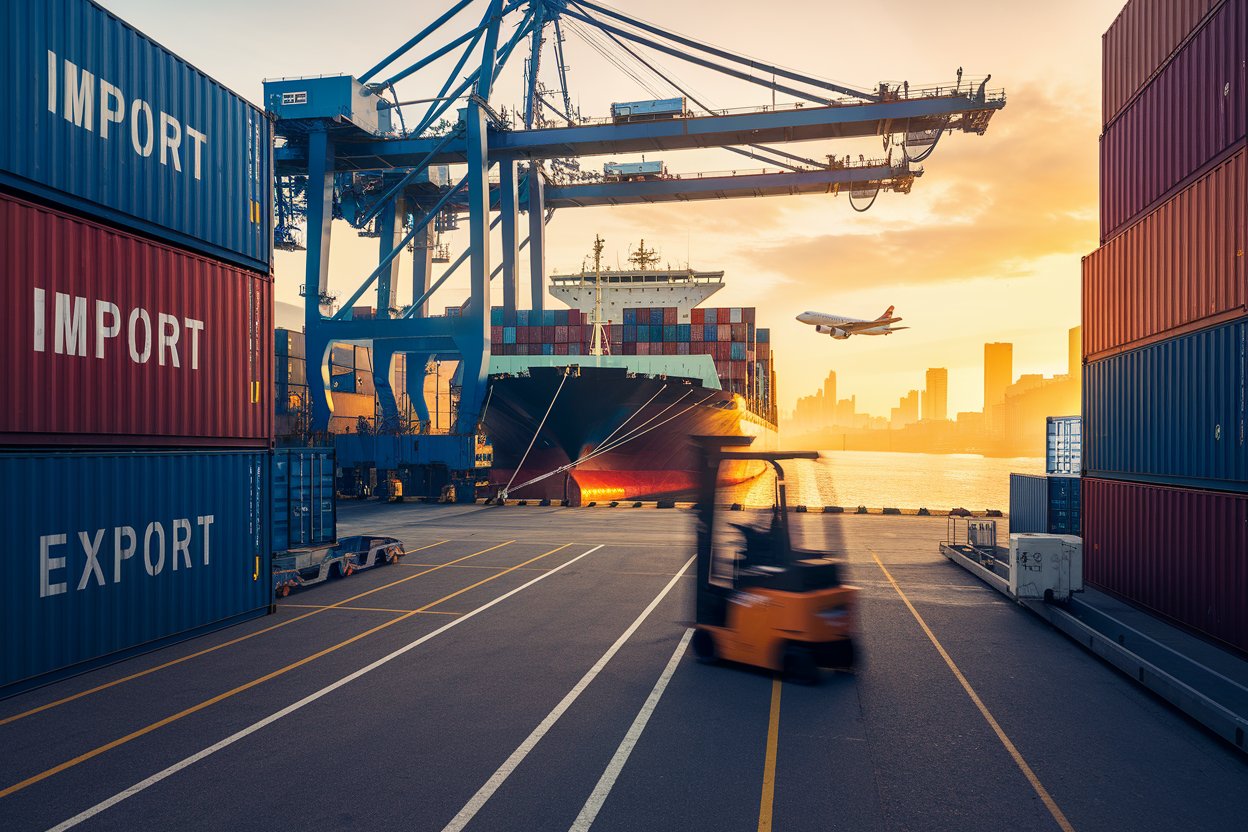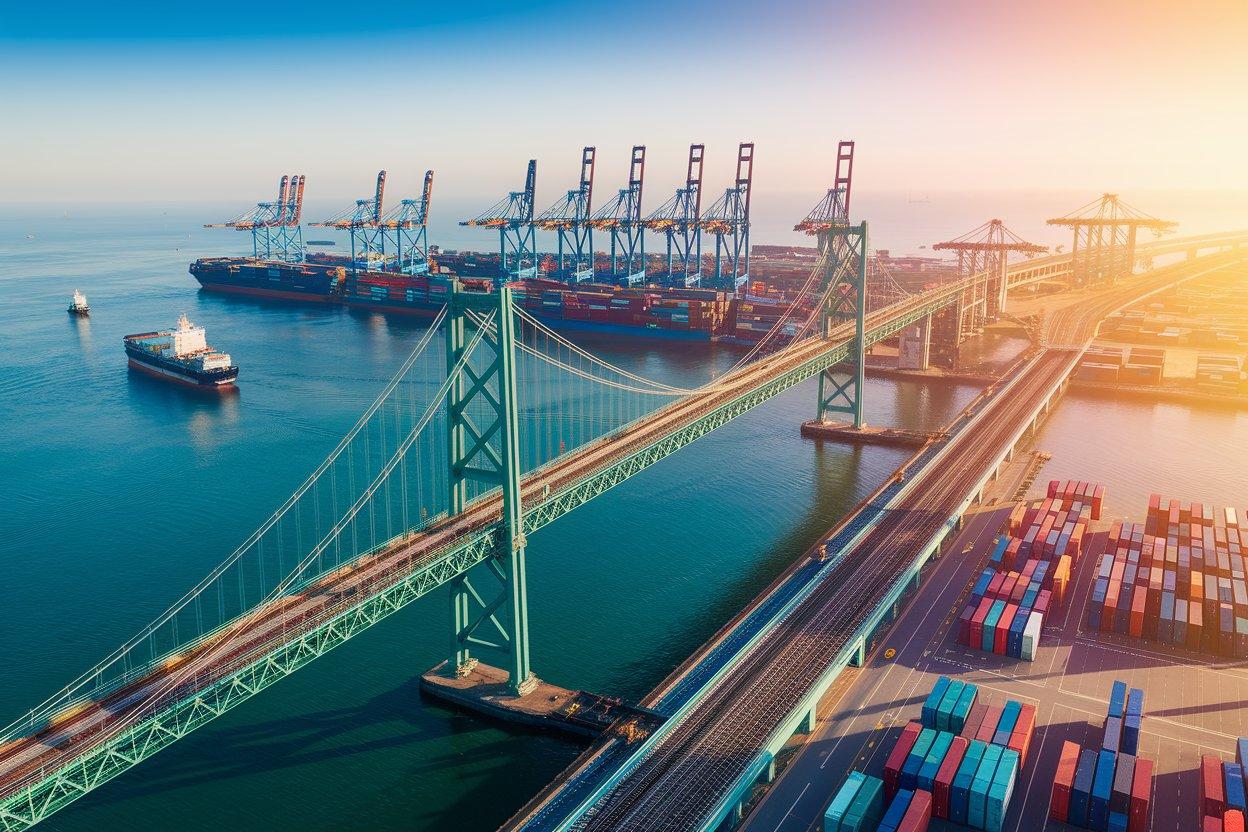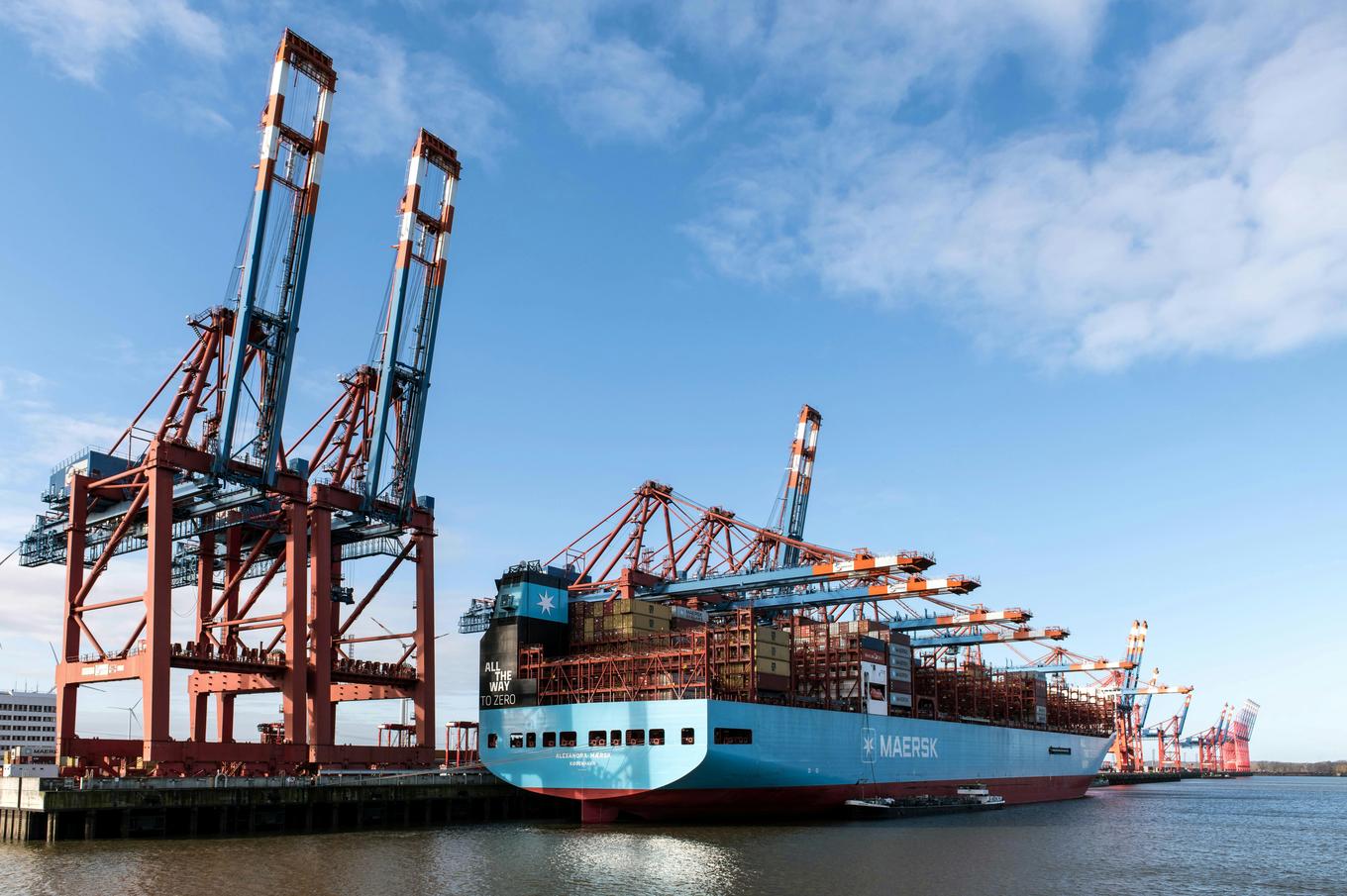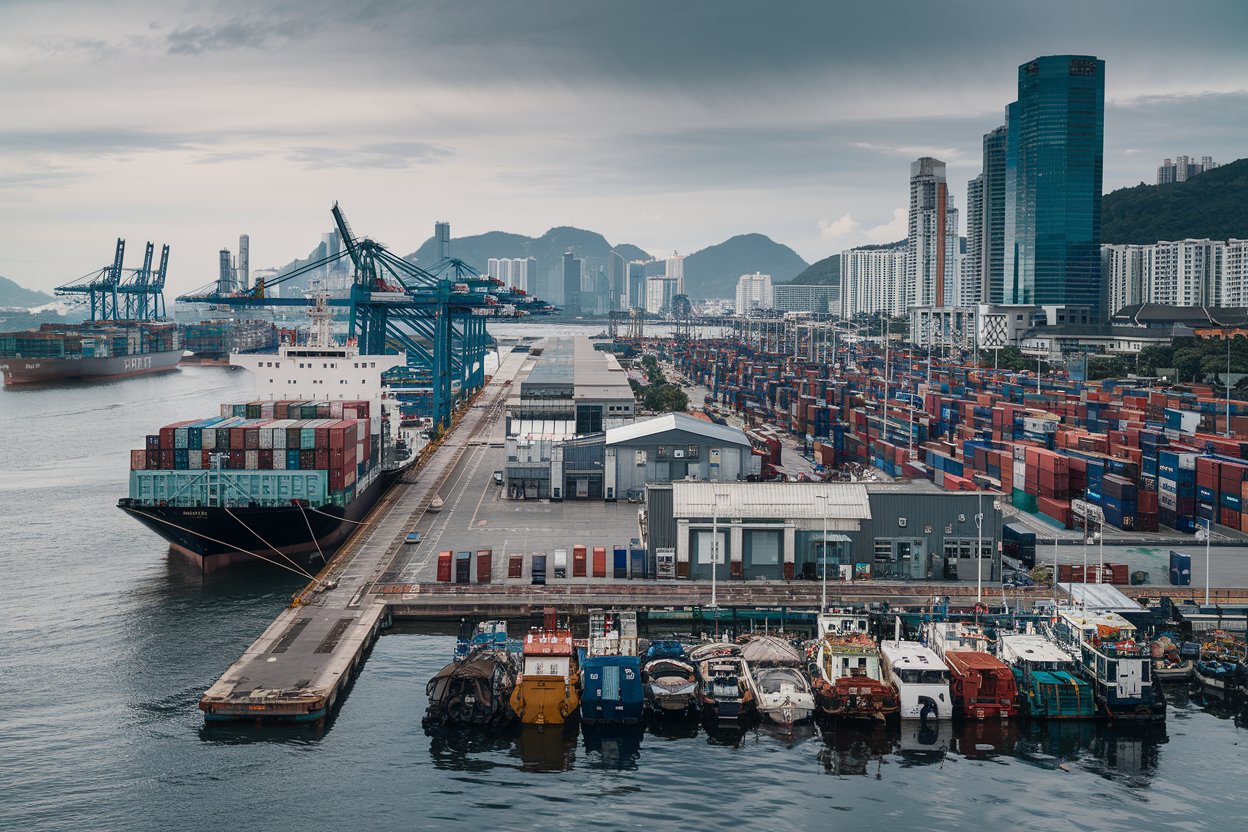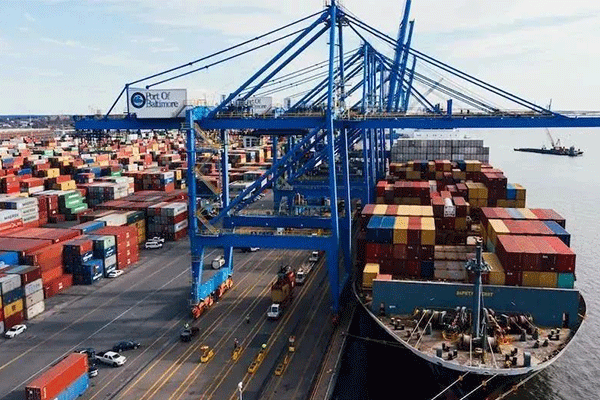- Shanghai Zhongshen International Trade Co., Ltd., with 20 years of experience in foreign trade import and export agency services.
- Service Hotline: 139 1787 2118
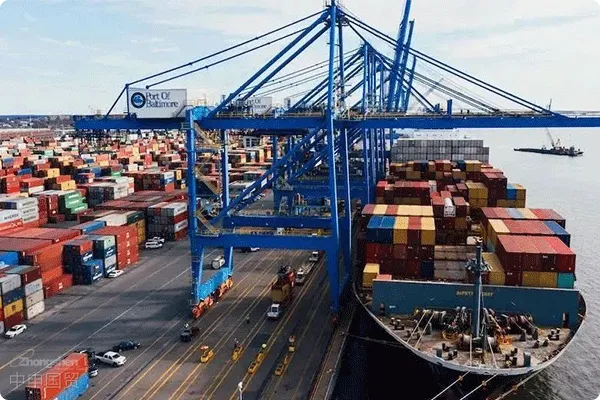
1. How to determineInternational logisticsDoes the agent possess legitimate qualifications?
According to the latest 2025 "International Freight Forwarding Management Regulations," compliant agents must simultaneously meet the following requirements:
- Dual certification completeness: International Freight Forwarding Filing Certificate + Non-Vessel Operating Common Carrier Business License
- : Require the agent to purchase liability insurance of at least 5 million yuan: Minimum liability insurance of 5 million yuan, specialized additional insurance required for hazardous materials transportation.
- System integration capability: Must establish a direct data connection with the General Administration of Customs' International Trade "Single Window".
2. What hidden costs are included in international logistics fees?
Industry data for 2025 shows that 73% of transportation disputes stem from differences in cost perception, requiring special attention:
- Destination port charges: Countries such as Brazil/Turkey may charge a CRF customs clearance fee (2-3% of the cargo value).
- Peak season surcharges: The European route will impose a Winter Operation Charge (WIC) of approximately $150/TEU in December.
- Currency exchange loss: The South America-Africa route may incur a 3-5% exchange rate difference.
3. What are the most common causes of customs clearance delays?
The 2025 Global Customs Clearance Efficiency Report highlights the following key risk points:
- Documentation Issues:Certificate of OriginThe HS code does not match the commercial invoice.
- Reporting omission: Lithium battery not labeled with watt-hour (Wh) rating leads to return shipment.
- Policy changes: The EU Carbon Border Adjustment Mechanism (CBAM) requires the submission of additional emissions data.
IV. How to Estimate the Accurate Transit Time for International Shipping?
It is recommended to adoptBaseline time limit + flexibility coefficientCalculation method:
- North America West Coast Route: Base 18 days + Port Congestion Factor (currently 1.3) ≈ 23 days
- China-Europe Railway Express: Baseline 12 days + Border inspection coefficient (currently 1.2) ≈14 days
- air freightCharter flight: A 3-day security check buffer period must be reserved.
V. What should be paid attention to when transporting special cargo?
2025 IMO new regulations require:
- Lithium battery: UN38.3 Test Report + Short-circuit Proof Packaging + Cargo Aircraft Only Label
- : MSDS Safety Data Sheet, Dangerous Goods Transportation Appraisal Report: Provide SDS (Safety Data Sheet) + Transport Condition Certificate
- Food category: The United States requires prior registration of FDA facility codes.
6. How to Respond to Port Strikes/Natural Disasters?
the evidence chain preservation strategyLevel 3 Emergency Response Plan:
- Pre-planning stage: War risk/strike risk insurance (premium rate approximately 0.15%)
- At the time of the incident: Apply immediately for an extension of the port storage period (ETA must be filed in advance).
- Follow-up actions: Apply for Customs Supervised Transportation via CBP Form 7553
7. How to Track the Shipping Status of Goods?
Comparison of Mainstream Tracking Methods in 2025:
- Ocean shipping: Container Number Inquiry + Shipping Company BL Data
- air freight: Dual verification of Master Air Waybill (MAWB) + House Air Waybill (HAWB)
- Railway: It is necessary to simultaneously check the CIM waybill and the border station handover records.
8. How to verify service capabilities when selecting an agent?
It is recommended to request the logistics agent to provide:
- Real-time Seat Availability Certificate: Screenshot of the shipping company/airline company system
- Case data: Transportation records for the same category of goods in the past 3 months
- Emergency Response Plan: At least 3 alternative port/route switching plans
Note: This document is based on regulations and industry data valid before March 2025. For specific operations, please refer to the latest policies and actual business scenarios. It is recommended that major transportation projects engage professional customs consultants for compliance review.
Recommended for You
Foreign Trade Classroom
Contact Us
Email: service@sh-zhongshen.com
Recommended for You
Contact via WeChat

? 2025. All Rights Reserved. Shanghai ICP No. 2023007705-2  Shanghai Public Network Security Record No. 31011502009912
Shanghai Public Network Security Record No. 31011502009912
